| Structure | Name/CAS No. | Articles |
|---|---|---|
 |
Ethidium bromide
CAS:1239-45-8 |
|
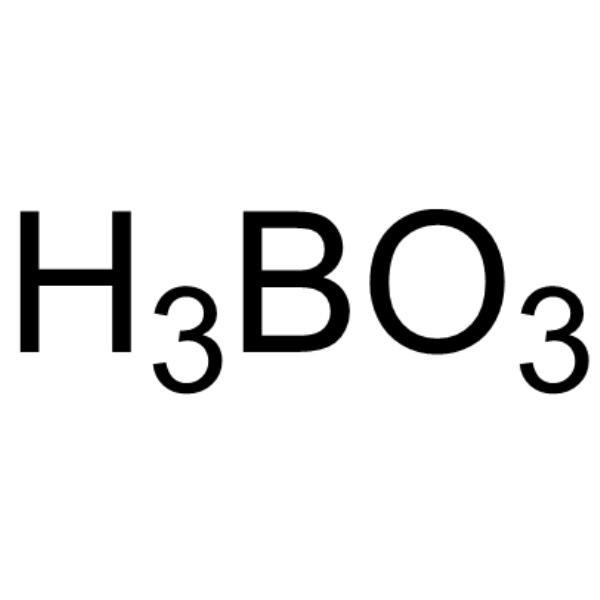 |
Orthoboric acid
CAS:10043-35-3 |
|
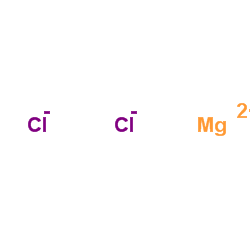 |
Magnesium choride
CAS:7786-30-3 |
|
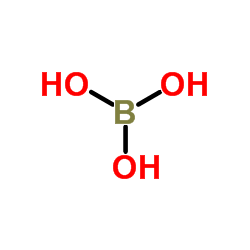 |
Boric acid-11B
CAS:13813-78-0 |
|
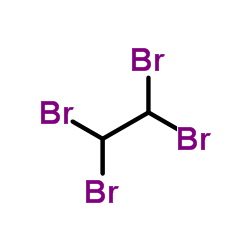 |
sym-Tetrabromoethane
CAS:79-27-6 |
|
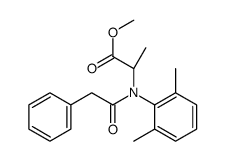 |
Benalaxyl-M
CAS:98243-83-5 |
|
 |
Ethylenediaminetetraacetic acid
CAS:60-00-4 |
|
 |
Trichostatin A
CAS:58880-19-6 |
|
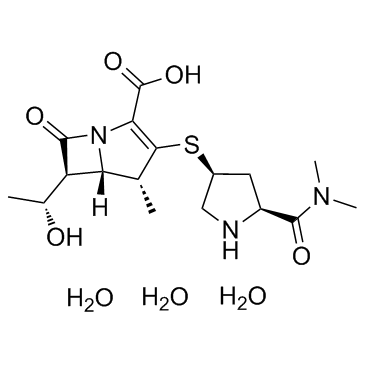 |
Meropenem trihydrate
CAS:119478-56-7 |